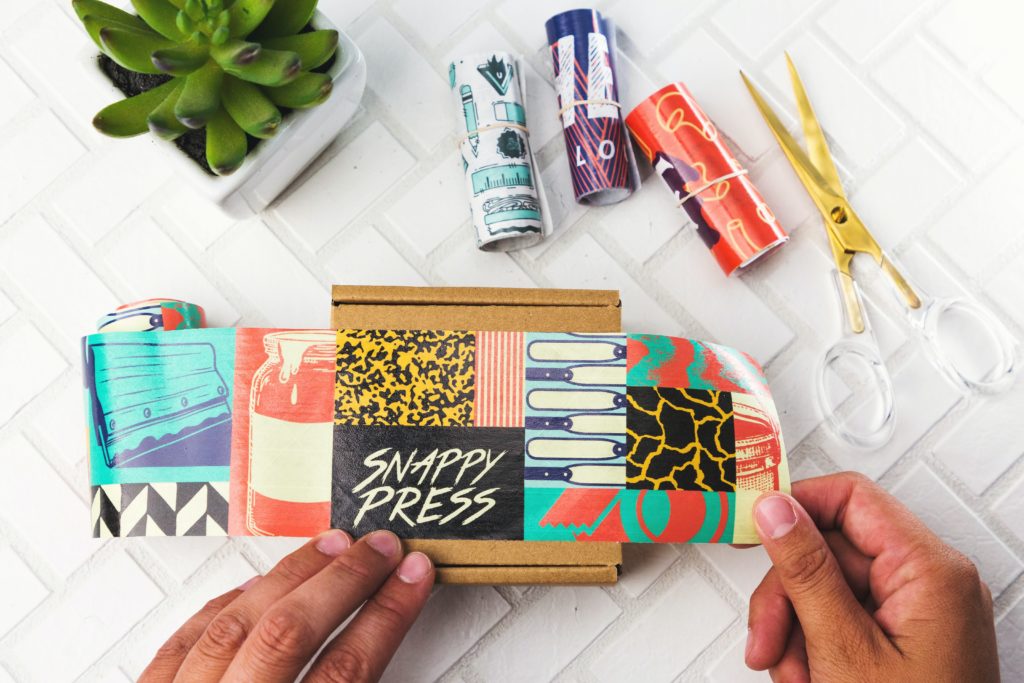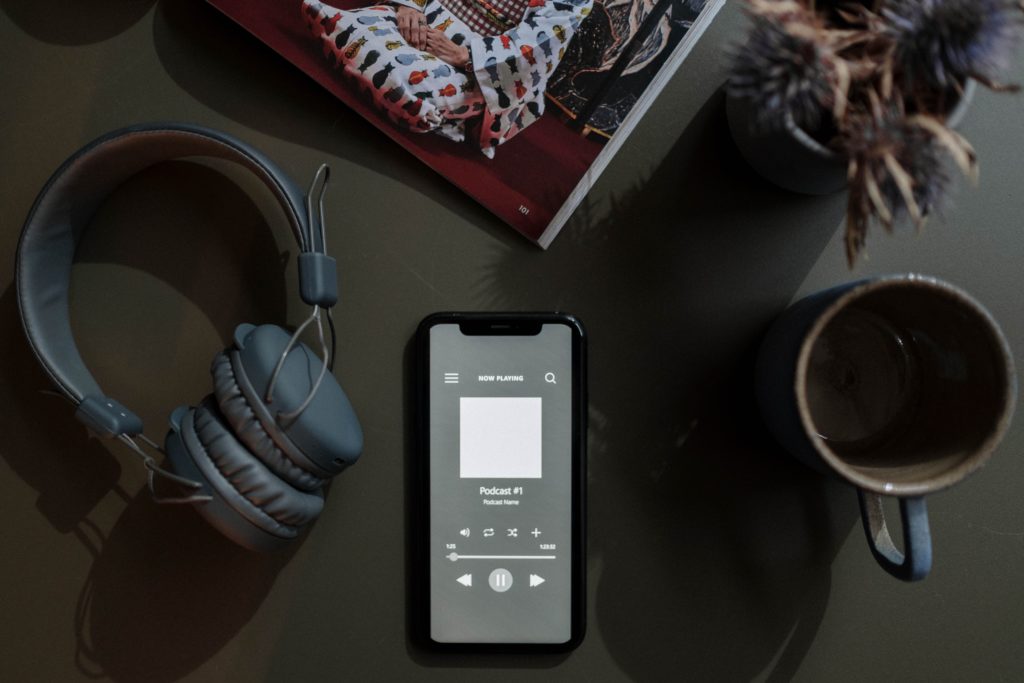What is user experience and interface design? :: How to create the best website and mobile app with UX/UI design.
User experience (UX) and user interface (UI) are two terms you may hear when discussing digital products, websites or mobile applications. They play a big role in how the product is used, that is, what is the interaction between the end user and the product itself.
But what exactly is the difference between UX and UI? User experience and user interface design are two key pillars of digital product development. Both involve a lot of knowledge about human behavior, analytical thinking, task focus and creative visualization. Both are important when it comes to designing digital products. They help users have a pleasant and quality experience with the product.
They are crucial in the creation and design of mobile applications, websites or software products as they are responsible for how the end user will accept the product. User experience (UX) is about creating a positive experience for the user, and user interface (UI) about how the product looks and feels when using it. These two fields are closely related with every good UX strategy has a UI component. Although these two terms may seem similar on the surface, they are actually quite different
In this blog, we will look at UX and UI design, what their role is in creating websites and mobile applications, and how they differ.
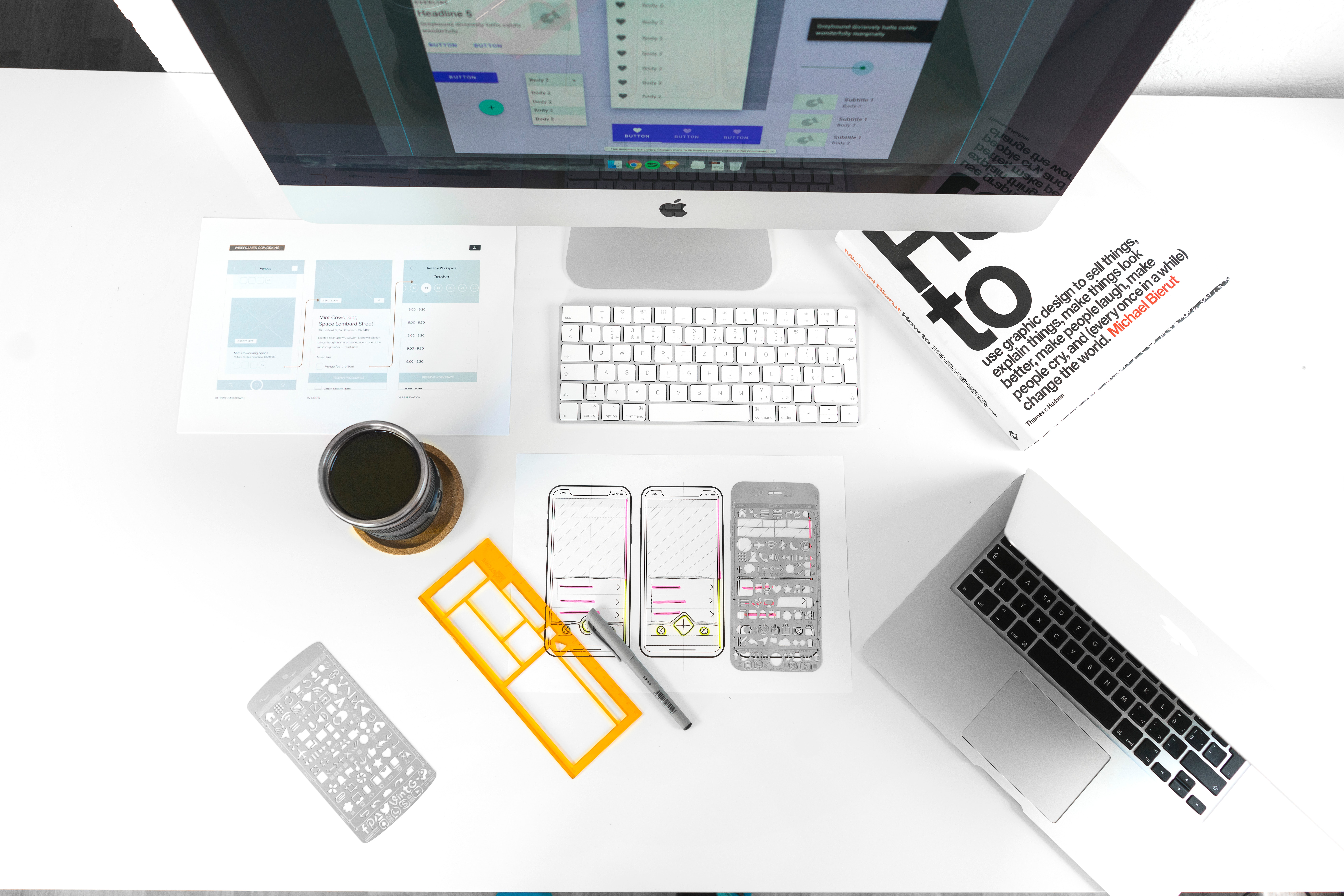
What is UX design?
User experience design, or as it is more commonly known, user experience design (UX design), is a type of design that includes the user interface (UI) of websites and mobile applications. It is the process of designing a product with the end user in mind, aimed at improving the user experience. The process of creating a user experience uses user research, interaction design and information architecture. The focus of the design is the users, that is, how they feel when using the product being designed.
UX design is more than just functionality or aesthetics. It is a process whose goal is to make the product (website, mobile application) easy to use and interesting for the user. This is achieved by using design elements such as colors, textures, sound, motion graphics, shapes and others. It also involves designing a product that is intuitive. In other words, a product that users can figure out how to use quickly and easily. The goal is that all design elements come together to create an optimal experience for the user. The entire journey that the user has when interacting with the product is part of the user experience. User experience refers to the ease of use, visibility, look and feel and design of the product, as well as its reliability and efficiency.
When designing digital products, it is important to consider all aspects of the user journey. It is important to remember that all users are different. What suits one person may not suit another. For example, what may be easy for one person to use may be difficult for another.
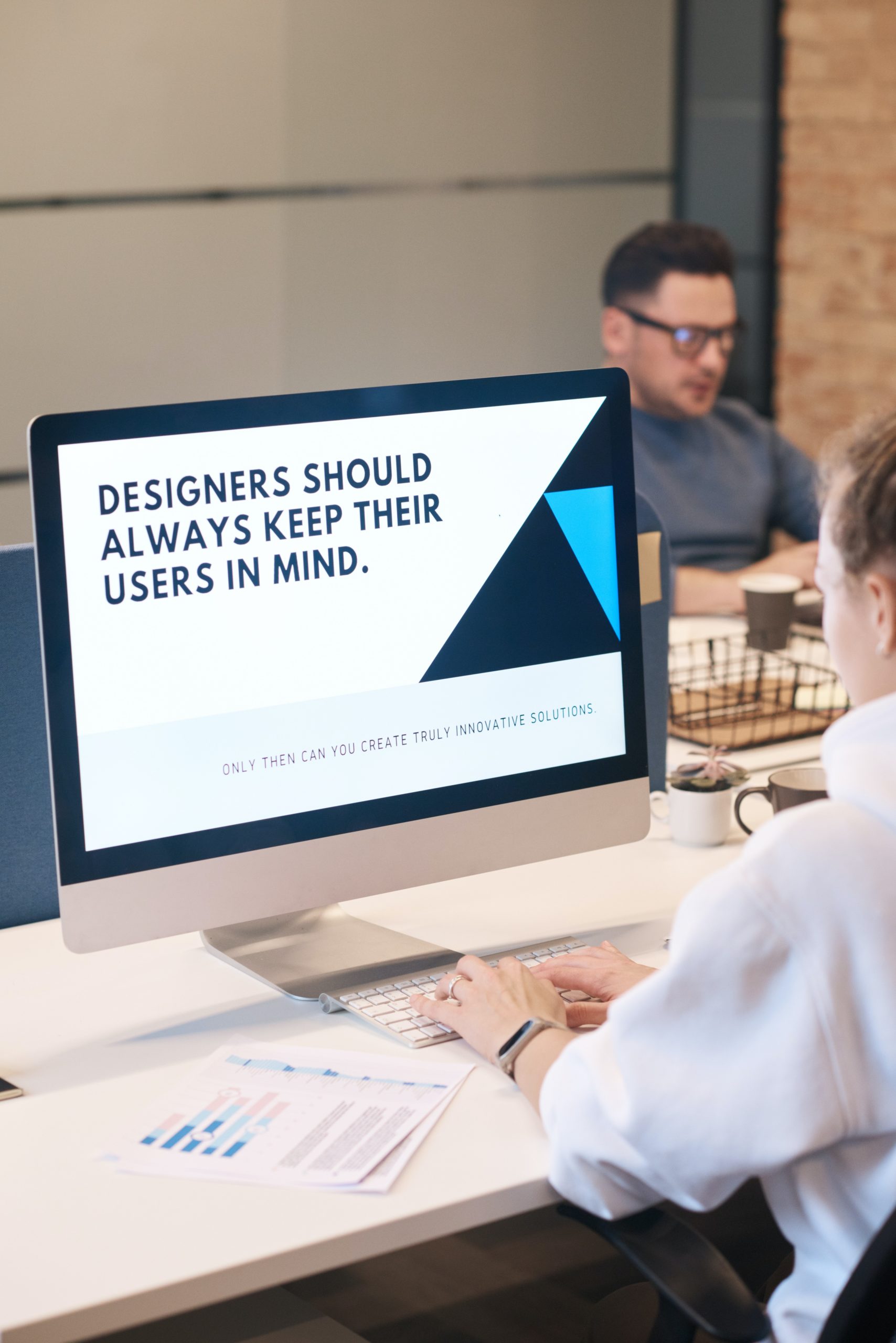
What are some of the benefits of UX design?
There are many advantages of incorporating UX design into a product. By considering the user experience, companies can create products that are not only functional, but also simple and pleasant to use. When customers are satisfied with a product, their satisfaction increases and with that also their loyalty as well as the profits.
Investing in UX design can also help businesses stay competitive. Those who do not invest in UX design may find themselves at a disadvantage when competing with companies that do.
What does UX design involve?
A UX designer is responsible for ensuring that the user has a positive experience interacting with the company, its products and services. This includes a range of skills, from research and strategy to prototyping and usability testing.
In order to create a good user experience, a UX designer must first understand the needs and wants of the user. They must then be able to translate this into a design that should be easy to use and effective. A UX designer must also have a good understanding of how people interact with technology.
The process of designing a good user experience can be divided into four main steps: research, strategy, design and testing.
1. Research:
This is the first and most important step in the user experience design process. A UX designer must research the needs of users in order to create a design that meets their expectations. This research can be conducted through interviews, surveys and focus groups. Of course, the range of research depends on the size of the project. For some projects, the research needs to be extensive and detailed. For others, research on a smaller scale is sufficient.
2. Strategy:
After completing the research, the UX designer will transform this data into a strategy that will be the guiding thread of the entire design process. This strategy will take into account user needs, company goals and available technology.
3. Design:
Once the strategy is set, the UX designer can start creating the actual design. This will involve creating wireframes and prototypes that can be tested and improved. The goal of this step is to create a design that is easy to use and efficient.
4. Testing:
The final step in the UX design process is testing. This is done to ensure that the design is efficient and easy to use. Testing can be done through usability testing and focus groups.
The user experience design process is an important part of creating a positive user experience. By following these four steps, a UX designer can create a design that meets user needs and company goals.
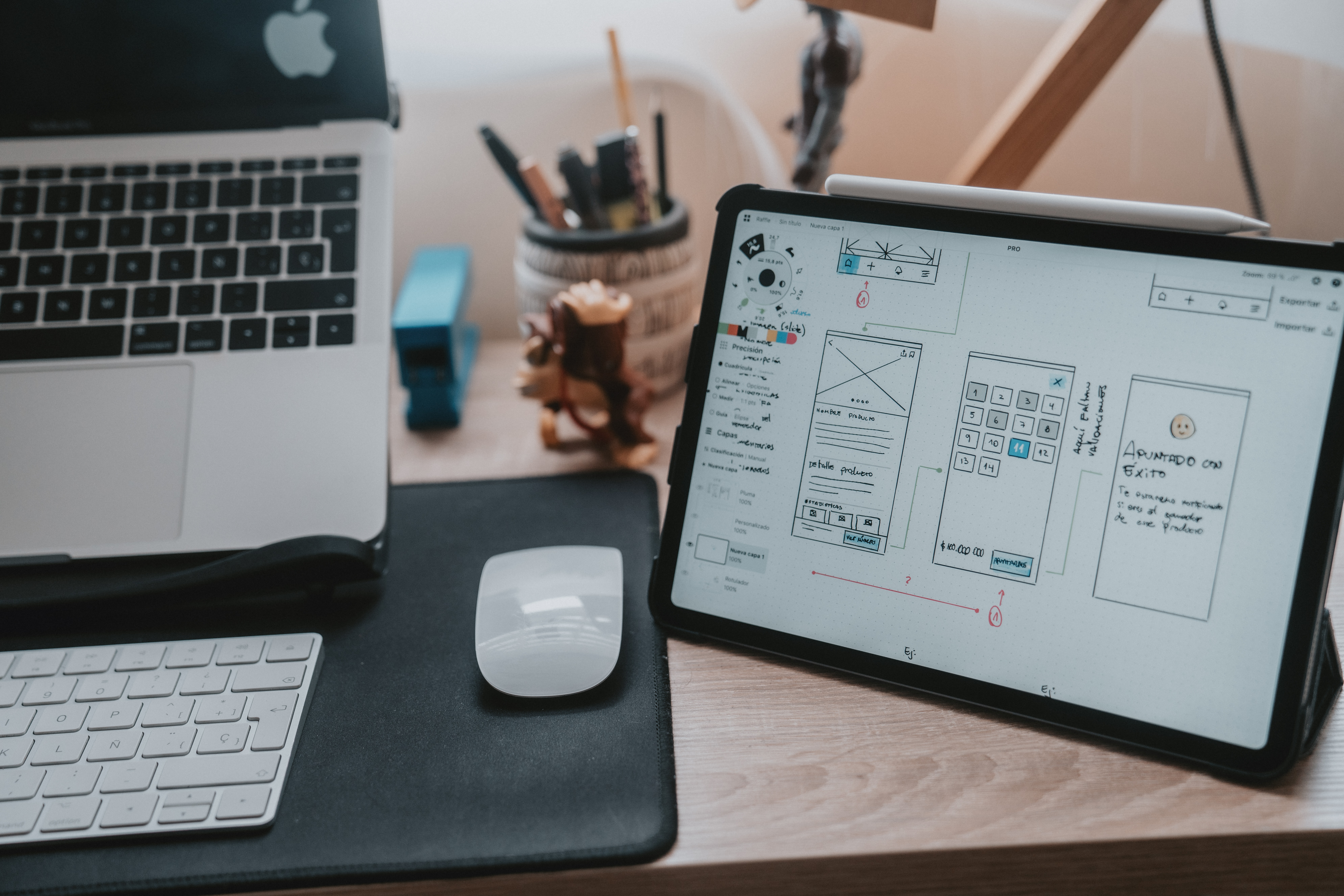
What is user interface (UI) design?
UI design is the process of designing interfaces for software programs including web applications, mobile applications, etc. The goal of user interface design is to make the user experience as efficient and pleasant as possible. It refers to the actual design of the product, including its aesthetics and functionality. In layman’s terms, this is what you see when you visit a website or mobile app. It’s where the navigation, appearance, design elements, etc. is located.
User interface is made up of different components such as buttons, navigation bars, text fields and other elements that you see when you visit a website or mobile application. The goal is to create a user interface that gives users an intuitive experience so they can easily perform tasks on a website or mobile app without having to learn anything about it first.
Tips for good UI design:
1. Make it easy to use:
The first task of UI design is to make it easy to use. This means that the interface should be intuitive and easy to navigate. The user should be able to find what they need without difficulty, and the controls should be easy to understand and use.
2. Make it visually appealing:
A key principle of user interface design is to make it visually appealing. The user interface must be beautiful and modern. The design should be pleasant to look at. The use of color, contrast and other visual elements can play a role in making the interface more visually appealing.
3. Use simple language:
The UI should use a language that is easy to understand and use. All text must be legible and understandable. The use of jargon and technical terms should be avoided.
4. Use standard icons and controls:
The user interface should use standard icons and controls familiar to users. This will make it easier for users to understand and use the interface.
5. Feedback:
The user interface should provide feedback to users to let them know what actions have been taken. This feedback can be in the form of visual cues, auditory cues, or tactile cues.
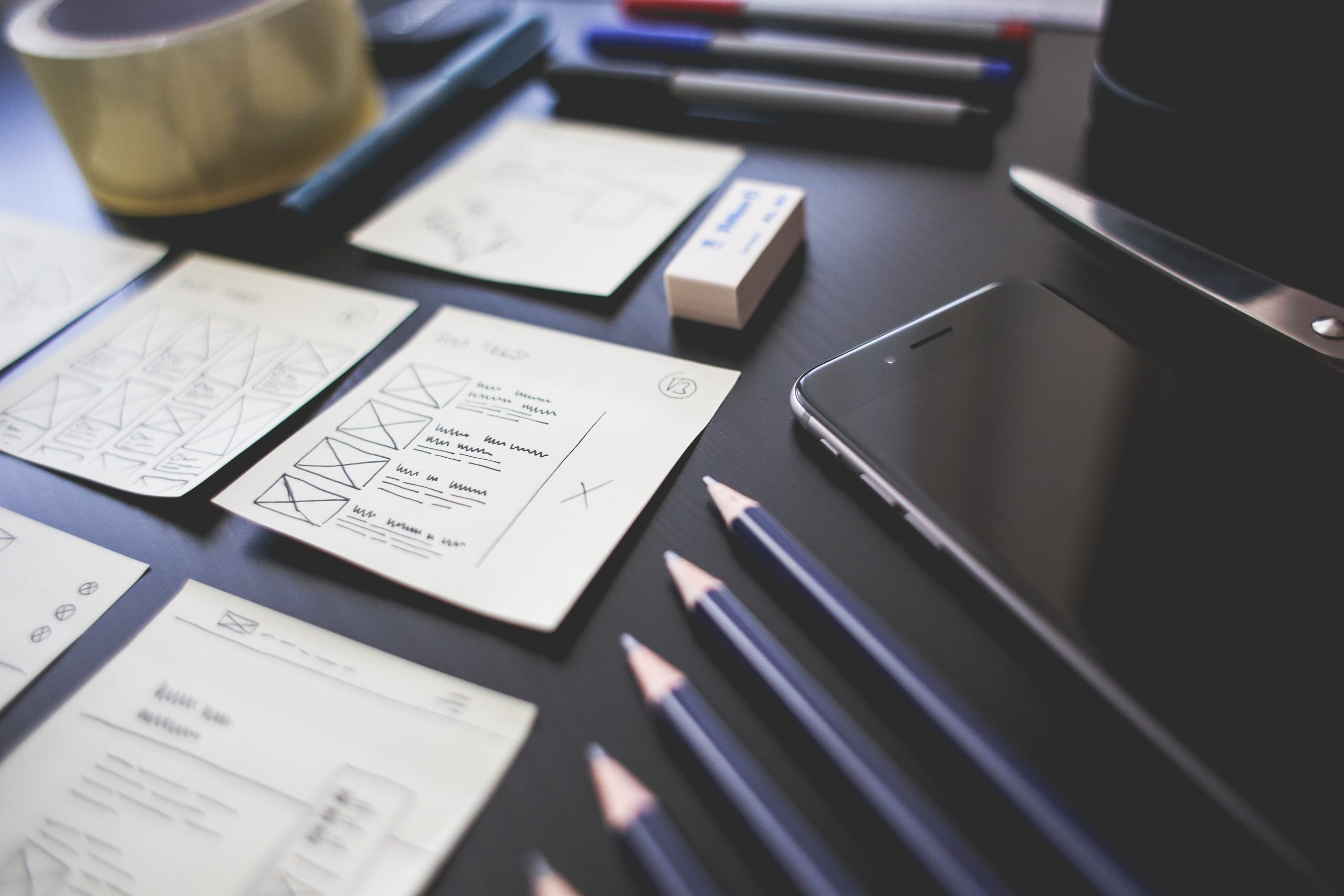
User interface (UI) and design tools
As we mentioned, there are some differences between UX and UI. However, they also have some similarities. Both use design tools such as sketching, prototyping and wireframing to create their designs. Both processes use sketching to create visual ideas and elaborate their designs. They also use prototyping to create working models of their designs. This allows designers to present their designs and get feedback from their team members and clients. They also use wireframing to create visual diagrams and charts that show product functionality and features. Wireframing allows designers to put the functionality of their product into visual form and identify any potential problems or issues.
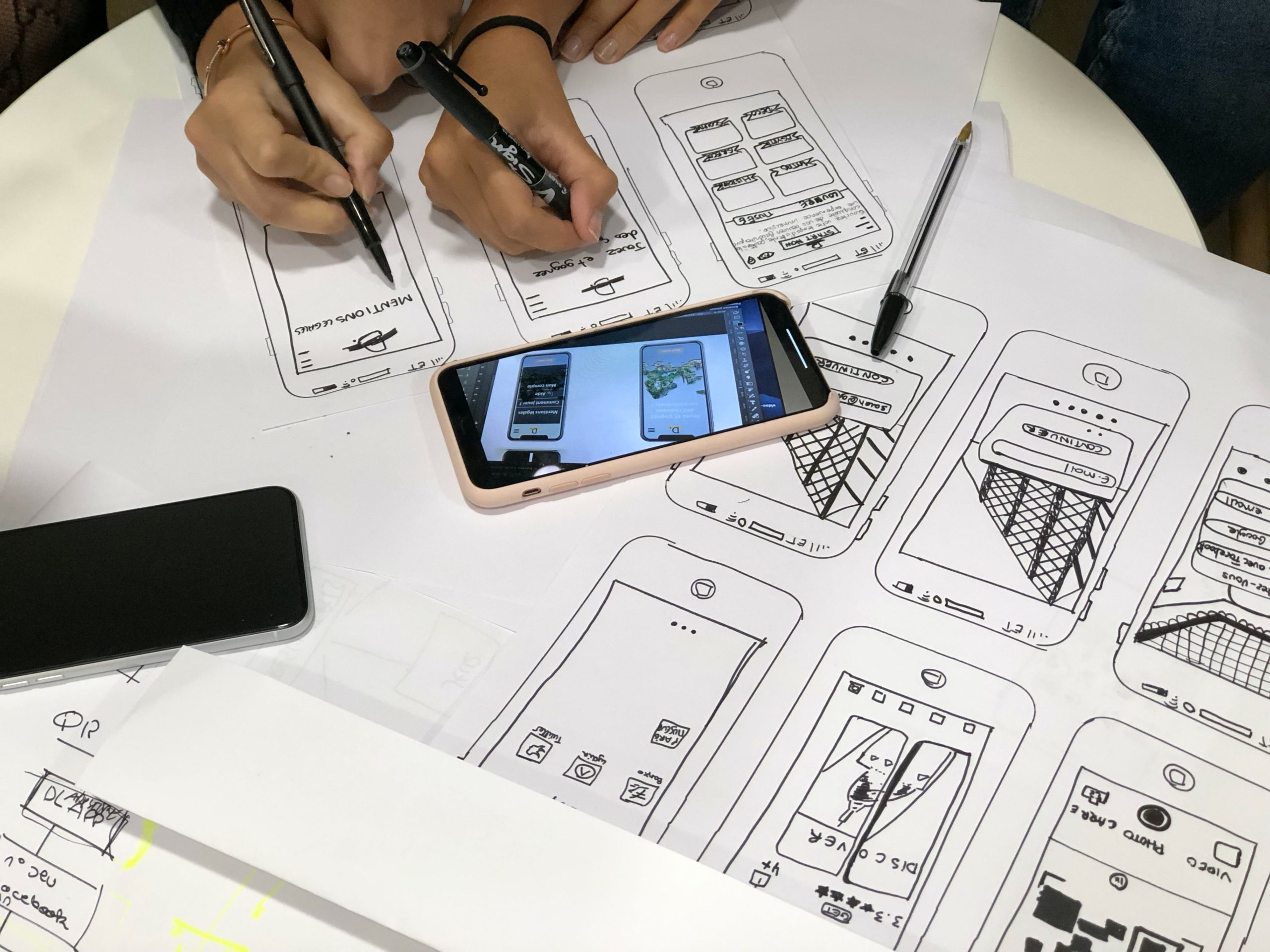
Difference between UX and UI?
As we mentioned, the main difference between user experience and user interface is that UX refers to the user experience while using the product, while UI concerns the design of the product itself. The user interface is part of the user experience, so UI design falls under UX design.
UX design involves understanding what clients want to do, then designing an interface (UI design) that makes it easier for them to achieve their goals. User interface design emphasizes visual appeal in a way that makes it easier for users to move through the application, thereby improving the user experience (UX).
UX design is focused on the functionality and usability of the application, while the user interface is more focused on the aesthetics of the application. For example, if you’re designing a mobile app for kids, you might want to focus on making it fun while also being easy enough to use.
With user experience the main goal is to create an optimal experience for users by incorporating the right features, elements and functionality into the product. UX is creating an experience that meets the needs and expectations of users. With a user interface, the main goal is to create an attractive, aesthetically pleasing design that is also easy to use. When designing a product, both UX and UI design are important. However, these are different aspects of digital product design. Each plays a different but equally important role when it comes to product design. This means you will need both UX and UI designers working together to create an effective product.
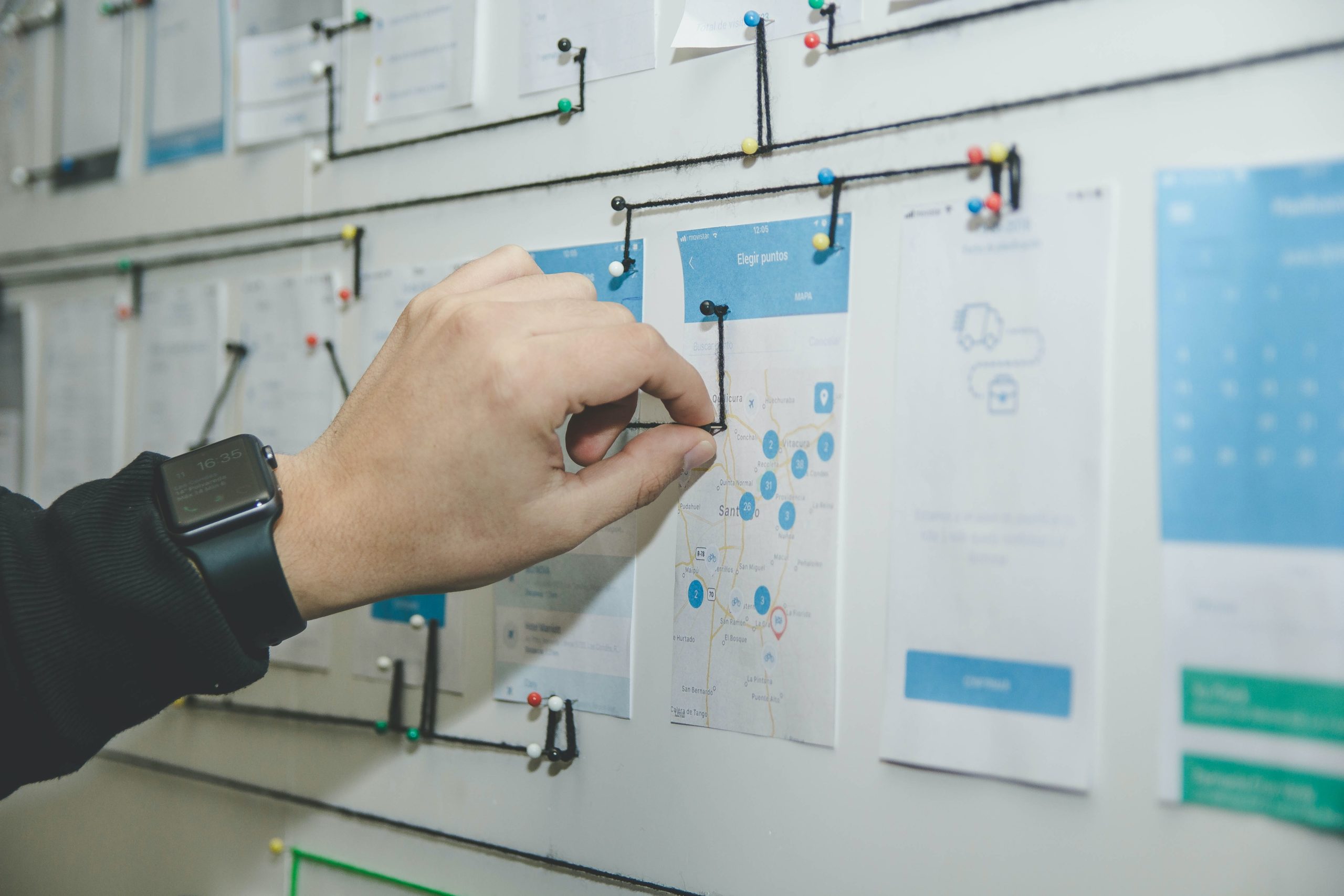
CONCLUSION
User experience (UX) and user interface (UI) are important aspects of designing digital products. Each of them plays a different but equally important role. Now that you know the difference between UX and UI, you can better understand the process of designing and creating digital products. Whether you are in charge of the design and creation of a website, mobile application or software, it is important to keep in mind the difference between UX and UI and their importance, and we hope that with this article we have brought these concepts a little closer to you and clarified them.
For more articles on graphic design and marketing, visit our blog.
If you need the design of websites and mobile applications – send us a message with contact form or email.
You can view our works in the portfolio.
Thank you for reading! 🙂



